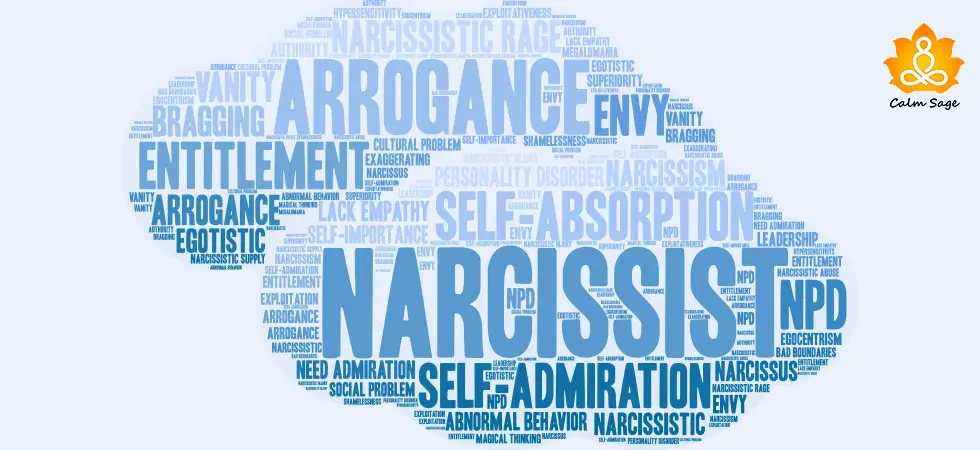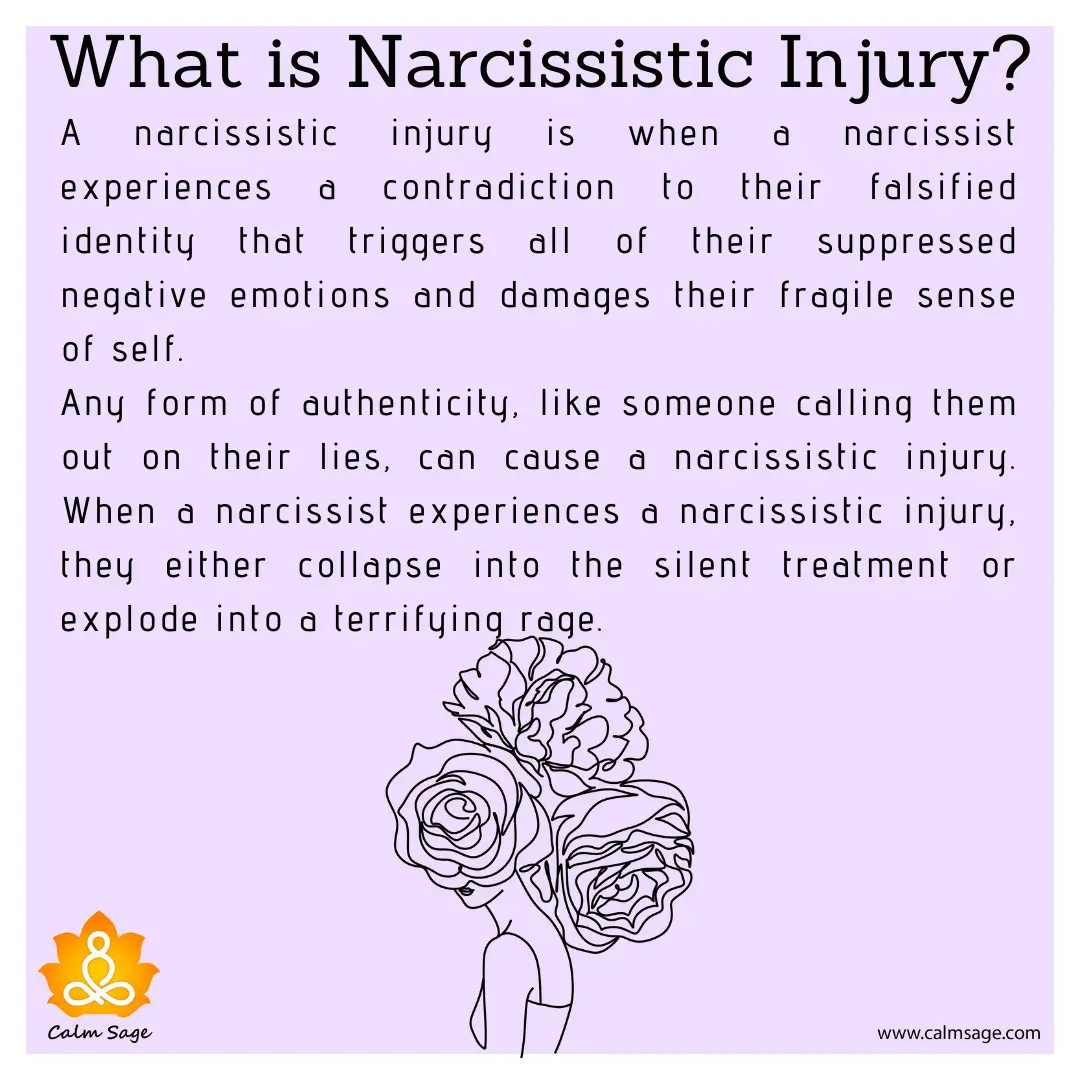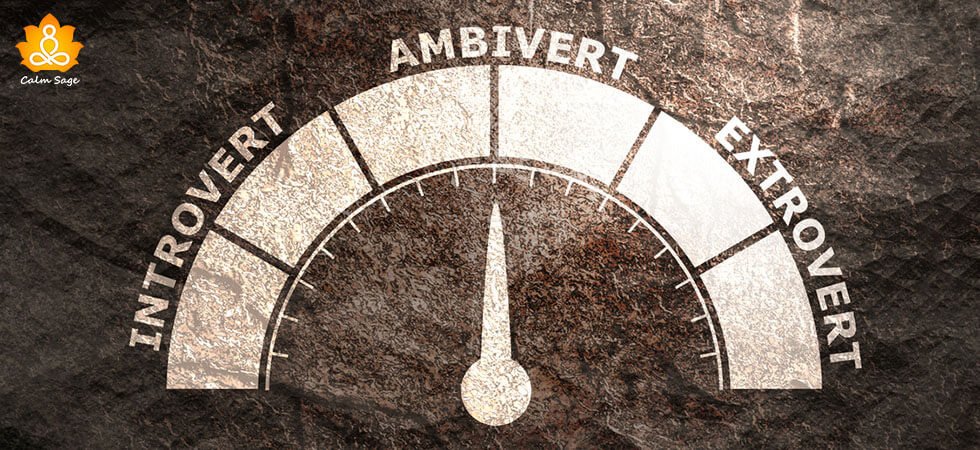What is Narcissistic Injury: Signs, Examples and What to do!

List of Contents
- What are Narcissistic Injuries?
- What are the Examples of Narcissistic Injuries?
- How Narcissists React to Narcissistic Injuries?
- What are the Signs of Narcissistic Injuries?
- What are the Causes of Narcissistic Injuries?
- How to Deal with Narcissists When Wounded or Injured?
- How to Deal with Narcissistic Injuries (For Narcissists)?
- Frequently Asked Questions
Have you ever been in a situation wherein you have overreacted with rage to a scenario more than expected? Well, narcissistic people can often be seen overreacting with rage to a problem that seems out of proportion. This can be a sign of narcissistic injury and it can be seen commonly in people struggling with narcissistic personality disorder (NPD).
NPD is a mental health condition that craves admiration, attention, and superiority. In some cases, a narcissistic personality might use some strategies to cover up their lack of self-worth and vulnerability. For example, they might look shy internally, but they are preparing to boost their self-importance. These behaviors make it challenging to live positively with NPD.
In this blog, we will find out what are narcissistic injuries, their signs, and more. So, let’s get started!
What are Narcissistic Injuries?
Narcissistic injuries also known as narcissistic wounds are encountered by people struggling with NPD in response to loss, perceived abandonment, or criticism. It is not something they do to other people; narcissistic injuries are felt by narcissistic people only. They might not show it on your face, but psychologists believe that when NPD people experience rejection or humiliation, they try to cover up their feelings, internally, they struggle with narcissistic injuries.
For example, an NPD person who encountered narcissistic injury might not reveal their vulnerabilities, but react with narcissistic rage, defiance, and arguments. Everyone has different personalities and there are different types of NPD, which means not everyone struggling with NPD experiences narcissistic injury. The fact is that anyone struggling with NPD can experience emotional reactions and in some mild cases, narcissistic injuries can be developed.

What are the Examples of Narcissistic Injuries?
Narcissistic injuries are often triggered by negative feelings such as unworthiness and incompetence. Below are some of the common examples of narcissistic injuries:
- Being overlooked at work or home
- Lost a competition
- Knowing your imperfections
- Not able to live up to their expectations or standards
- Public embarrassment
- Encountered disagreements in a conversation
- Received constructive criticism or correction
How Narcissists React to Narcissistic Injuries?
People struggling with narcissistic injuries usually don’t react directly, but their internal injuries can be seen in the form of direct attacks, physical aggression, or verbal abuse. They might also show less confrontational reactions. If you turn down a narcissist, you can be a direct victim of negativity or blaming. Apart from this, they might also show signs such as:
- Exploitative arguments
- False accusations
- Gaslighting
- Insults
- Manipulation
- Physical violence
- Silent treatment
- Threats
What are the Signs of Narcissistic Injuries?
Narcissistic injuries generally stem from rejection, criticism, humiliation, and disagreements. For narcissists, such feelings can cause discomfort, extreme anger, and mismanagement which makes them reveal their negative emotions. Below listed are some of the common signs of narcissistic injuries:
1. Denial: Denial is one of the common signs of narcissistic injuries. People with NPD start denying their hidden emotions such as embarrassment or shame. Their hidden emotions can be seen through worries or depressed thoughts.
2. Devaluation: Narcissistic people struggling with narcissistic injuries often try to devalue other people especially when they encounter criticism from others. In the name of devaluing, they also might start belittling people they got hurt by.
3. Gaslighting: Gaslighting is one of the common signs of narcissists with narcissists wounds or injuries. They start gaslighting the accuser and start using defense mechanisms to save their damaged ego.
4. Manipulation: NPD people often manipulate people or emotionally threaten them to seek what they desire. Their manipulation tactics are so strong that they can accurately beg for forgiveness.
5. Narcissistic rage: Some narcissists show narcissistic rage which means using abusive methods such as taunting, bullying, intimidating, and others.
6. Passive-aggressive behavior: Many narcissists react to narcissist wounds through passive-aggressive behaviors. They act indifferently and try to take up things in an undirected way.
7. Physical violence: Narcissist people try to resort to violence when they are wounded internally. These behaviors must never be tolerated and such behaviors require law enforcement.
8. Projection: In the need for attention, they start projecting things differently. For example, they might start shifting the blame to other people or accusers so that they can get the right attention.
9. Silent treatment: Narcissists don’t like showing their emotions instead they start giving silent treatments. Their intent is to punish the person indirectly when they are wounded.
10. Victim card: NPD people struggling with narcissistic injuries or wounds often try to play the victim mentality to seek the attention of others.
What are the Causes of Narcissistic Injuries?
The reasons behind the development of narcissism are still unknown, researchers believe that the development of narcissistic injuries can be the combination of various factors such as:
- Being ignored
- Breakups
- Childhood neglect or abuse
- Conflicted conversations
- Criticism
- Deflated self-image
- Excessive pampering or praise from parents
- Feeling out of control
- Growing up with a narcissistic parent or caregiver
- Job-seeking or job-related difficulties
- Perceived abandonment
- Unrealistic parental expectations
- Sense of entitlement
Genetics and family history play an important role in the development of NPD. A study published in 2014 shows that the traits of NPD such as grandiosity and entitlement are passed through genetics. Additionally, brain differences are also an important factor.
The presence of less gray matter in the left side of the brain, mainly the anterior insula (a part of the brain responsible for emotional empathy) is responsible for the development of NPD.
How to Deal with Narcissists When Wounded or Injured?
If you constantly observe the signs of narcissistic injuries in your loved ones, remember that it’s not your fault or their fault. Their reaction is in response to something they don’t like, therefore, here’s how you can work on diffusing conflict with narcissistic people showing the signs of narcissistic injuries:
1. Alter your mindset: Narcissistic rage and injury are the reactions towards the impact on self-image or self-worth. When a narcissistic person receives unintentional or intentional criticism, they don’t react directly to the situation (as someone might expect), instead, they show their frustration in the form of abuse. Therefore, try to understand their thinking patterns, reframe your mindset, and slowly separate yourself from such toxic behaviors.
2. Learn to dissolve conflicts: Narcissistic people never forget people who hurt or criticize them. Herein, you can try to de-escalate the situation by dissolving the conflict. You can try to validate their feelings by empathizing with them. Instead of correcting them, try to calm them down and give them some personal space to understand.
3. Create distance: Whenever you hurt or criticize a narcissist unintentionally, learn to protect yourself from any dangerous situation. Maintain a physical distance from them to prevent yourself from narcissistic
4. Protect your calm: With the help of deep-breathing exercises, mindfulness, or meditation, protect your calm and learn to manage your emotions in such hurtful situations.
5. Take the next step mindfully: Narcissistic rage can be overwhelming and exhausting, therefore, take the next step mindfully and know when it’s better to leave.
6. Avoid convincing them: It’s quite challenging to deal with a wounded narcissist, in such situations, do not try to provide them reasons or convince them. You can share your viewpoints but don’t try to convince them as you can also become the victim of their passive-aggressive behaviors.
7. Set healthy boundaries: In order to maintain calm and distance from narcissists, try to set healthy boundaries to maintain the relationship.
How to Deal with Narcissistic Injuries (For Narcissists)?
If you’re currently struggling with a narcissistic wound or injury, we understand that processing your emotions can be difficult at this time. The fact is that we all experience internal wounds to our sense of self or self-esteem. Deeper cuts or injuries are difficult to struggle with. In such cases, you can take the help of a mental health professional. A mental health professional can help you understand your behaviors, triggers, and beliefs.
Working with an experienced therapist can help you recognize unhelpful patterns, thoughts, and behaviors. Additionally, they can provide valuable support, explore hidden emotions, and address underlying issues. Apart from this, below are some of the self-help tips to deal with a narcissistic injury or wound:
- Build self-awareness to accept your emotions, flaws, and vulnerabilities
- Identify your triggers and work on building your sense of self and self-esteem
- Practice empathy and develop meaningful connections with others
- Identify your behaviors and find healthy alternatives to grow personally and professionally
- Develop patience and practice compassion to treat everyone with kindness and empathy
Frequently Asked Questions
1. What makes a narcissist vulnerable to narcissistic injury?
Narcissism revolves around an inflated sense of self which makes narcissists more vulnerable to narcissistic injury especially when people with NPD experience shame or discomfort. Narcissistic people often try to make use of defense mechanisms to dissociate themselves from the reality of internal shame or trauma.
2. How long does a narcissistic injury last?
The time length of narcissistic injury usually depends on the severity of the issue, event, or person. It usually takes a longer time to recover from criticism. Whatever the type of shame or situation, they see everything as excessive intention which causes long-lasting pain and results in narcissistic injury.
I hope this blog helps you understand everything you want to know about narcissistic injury. Comment down and share your views on the same. For more such content, connect with us through social media platforms.
Thanks for reading!




















